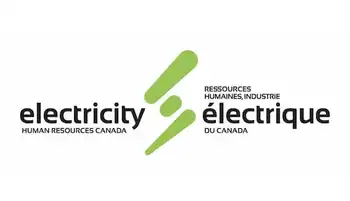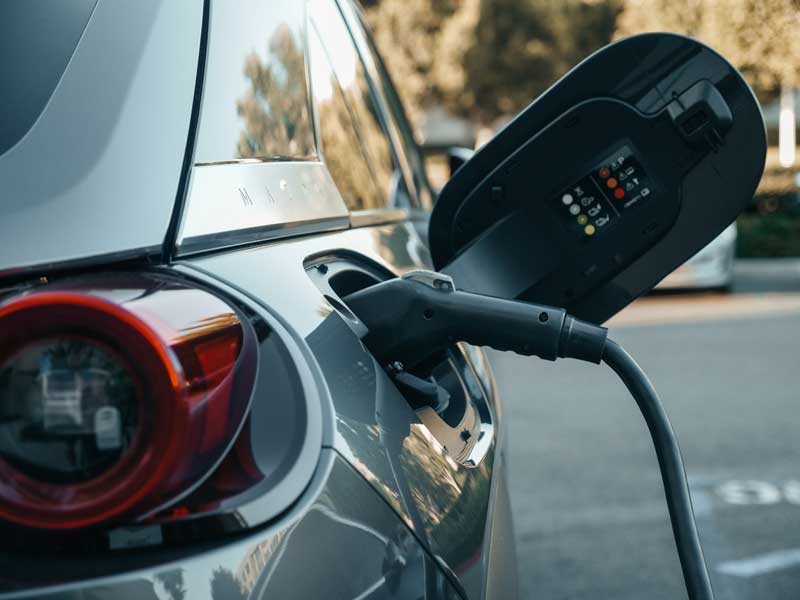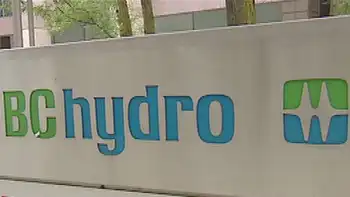Energy efficiency school teaches children how to conserve
By Business Wire
High Voltage Maintenance Training Online
Our customized live online or in‑person group training can be delivered to your staff at your location.

- Live Online
- 12 hours Instructor-led
- Group Training Available
Children who visit the TALOT exhibit will learn the importance of caulking, weather-stripping and insulating a home and can put the lessons to practice inside a playhouse. Children will receive a construction hat, safety sticker, coloring book and crayons to remind them to use their energy-efficiency knowledge at home.
“Ensuring that kids are aware of the small steps they can do to save energy is going to complement the efforts that their parents will learn about through the TALOT exhibit,” said Mike Stockard, Oncor Director of Energy Efficiency Programs. “The TALOT exhibit continues to reach out to people of all ages to ensure that Texans know exactly what they can do to take a load off Texas.”
Oncor, TexasÂ’ largest electric delivery business, is the creator of the TALOT energy efficiency awareness tour, which uses interactive displays on insulation, ENERGY STAR windows, weather-stripping, air conditioning and duct sealing to raise awareness about ways that individuals can conserve energy in their homes.
The TALOT exhibit, which is located in the Coliseum building, will be at the State Fair of Texas through October 19. All visitors to the TALOT exhibit receive an energy-efficiency gift to help them initiate conservation steps in the home.
Oncor is a regulated electric distribution and transmission business that provides reliable electricity delivery to consumers. Oncor operates the largest distribution and transmission system in Texas, providing power to 3 million electric delivery points over more than 102,000 miles of distribution and 14,000 miles of transmission lines.











